Over the years I’ve gotten a lot of questions from students and teachers about investigations and demonstrations related to cosmetics that could be done in class or for independent research projects, with limited equipment access. Here are some chemistry-heavy suggestions that might be helpful.
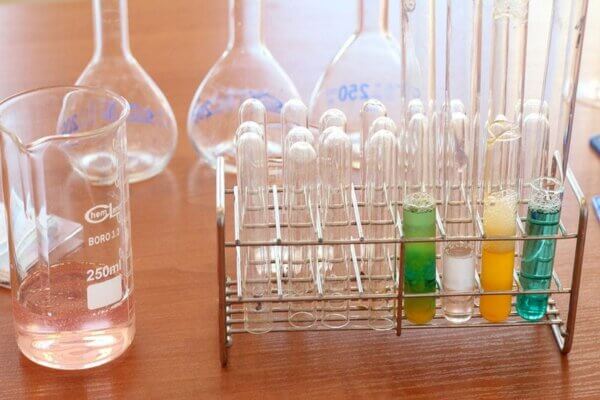
Saponification, soaps, detergents
- Different oils used for saponification have different fatty acid profiles – how does this impact the properties of the soap? Investigate how changing the fatty acids in a systematic way (e.g. different ratios of 2 oils) could change properties e.g. hardness, lathering (can shake measured quantity of soap with water in test tube and measure height of foam), cleaning ability
- Investigate the impact of different strong bases on the properties of the soaps produced
- Investigate cure time of cold process soap – what is happening during the cure? How does pH, hardness change during curing? Can try precipitating fatty acids with calcium ions for gravimetric analysis
- Fun class activity: make soap in class, each student gets to take home a piece! You can do this quickly with a stick blender, but if students want to be more hands on, you can get them to take turns stirring (works well if you have hyperactive students). Some food colours are also pH active, so they’ll change colour as the soap cures
- Detergents work better than soaps in hard water, but how much better? Investigate adding increasing amounts of calcium ions to soap vs detergent, or detergent with different amounts of phosphate builder – can measure height of foam when shaken in test tube, cleaning ability
Product pH
- Product pH can have an impact on skin, hair etc. – what is the variation in pH of a category of products on the market? How does this relate to price, claims on packaging (dermatologist-tested, for sensitive skin), ingredients (e.g. classes of surfactants in cleansers), depilatory ability
- Can measure pH with probe, more qualitatively with indicators (butterfly pea indicator is a nicer-smelling, longer lasting replacement for red cabbage indicator!)
Sunscreens
- Sunscreen protection and fading of coloured construction paper – smear sunscreen on plastic sleeves or ziplock bags containing coloured paper and leave in the sun
- Sunscreen testing is currently expensive and performed in vivo. How much of an idea of the SPF can you get from quick-and-dirty solution UV-Vis measurements? Dilute sunscreens in solvent, record each UV spectrum and see how closely linked that is to their SPF (can look at integrating over different wavelength ranges, different solvents, different sunscreen concentrations, sample preparation procedures)
- Which ingredients in sunscreen stain clothing, and how can you get rid of the stains?
- What areas of the face do people miss most often when applying sunscreen? Use a UV camera or video recordings to check
- How much sunscreen do people usually apply?
Hair products
- What conditions fade temporary hair dye fastest/slowest?
- Which hair dye colours or specific dye ingredients fade fastest/slowest?
- What conditions cause hair to uncurl fastest?
- Do hair strengthening products actually increase tensile strength of hair?
- What products reduce hair static most?
Aerosols
- Aerosol products contain propellants that evaporate – what is the range in volatile content of different products? Spray out the products and weigh the remainder
Makeup
- Test how well different makeup removers clean different types of makeup from skin
- Many viral videos demonstrate removing makeup from oranges etc. How valid is this as a model for human skin?
- Some lip balms and liquid blushes claim to change colour according to skin pH. Is this true?
- What is the range of lipstick melting points on the market? Does this depend on climate?
- Is there a big difference between washing makeup brushes once a week vs once a fortnight? Is it necessary to use alcohol to disinfect them?
- Does 24 hour foundation really last that long under different conditions?
- Is waterproof makeup affected by different types of water? Tap water, sea water, chlorinated pool water…
Coloured cosmetics
- How much variation is there with the intensity of purple shampoos on the market, and is this related to price, “professional” labels etc? Measure intensity with a colorimeter. Most purple shampoos only contain one dye (Acid Violet 43) which makes comparisons more straightforward, but this could be done with lots of other clear coloured products as well.
- How do different products on the market achieve their colours? Can you distinguish between different coloured products at a crime scene? Separate different dyes in hair dye, lipsticks, lip stains etc using chromatography, look at eyeshadows under a microscope…
- How can you get rid of nail polish stains on nails?
Product storage conditions
- Get a few products from a particular category and subject them to different temperatures, transfer them to different packaging etc., record changes in texture, viscosity, pH
- Many stick products like lipstick undergo syneresis (“sweating”) – is this likely to happen during summer in your location?
Packaging
- Some cosmetic products (e.g. sunscreens) are incompatible with many plastics – investigate which plastics are more commonly degraded, which active ingredients tend to cause degradation…
Bath bombs
- What ratio of baking soda to citric acid makes the best bath bomb?
- What is the impact of using different types of acids? Different additives?
- What storage conditions help bath bombs last longer?
Measuring active content of products
This is usually difficult without access to chromatographic equipment, but some products can be analysed with more basic techniques:
- Soap content of liquid soaps: gravimetric analysis using calcium ions to precipitate fatty acids
- Ascorbic acid content of skincare products: iodine redox titration (ascorbic acid is quite unstable, so you can also investigate the impact of different storage conditions)
- Caffeine content of coffee scrubs: solvent extraction and crystallisation (depends on the other ingredients in the specific coffee scrub)
- Solids in scrubs etc: gravimetric analysis
- Salicylic acid toners: UV-vis spectroscopy (for simpler formulas)


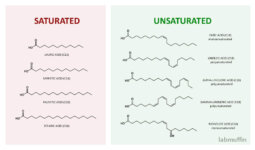
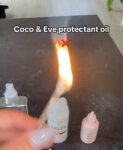
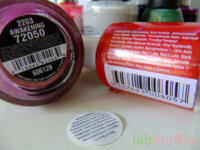
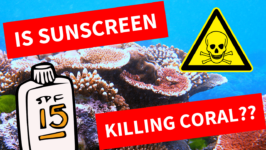
This is fantastic. Thank you. Only wish I’d have had this article when I was
home schooling 4 kids, during COVID times. There’s something here to spark interest in even the most science-y reluctant among us, and all whilst learning more about what we actually put on and use on our skin.